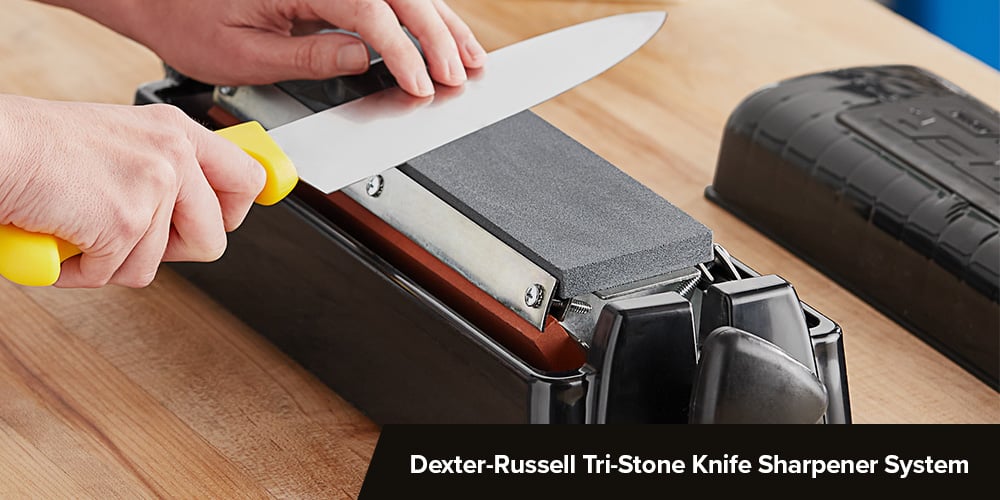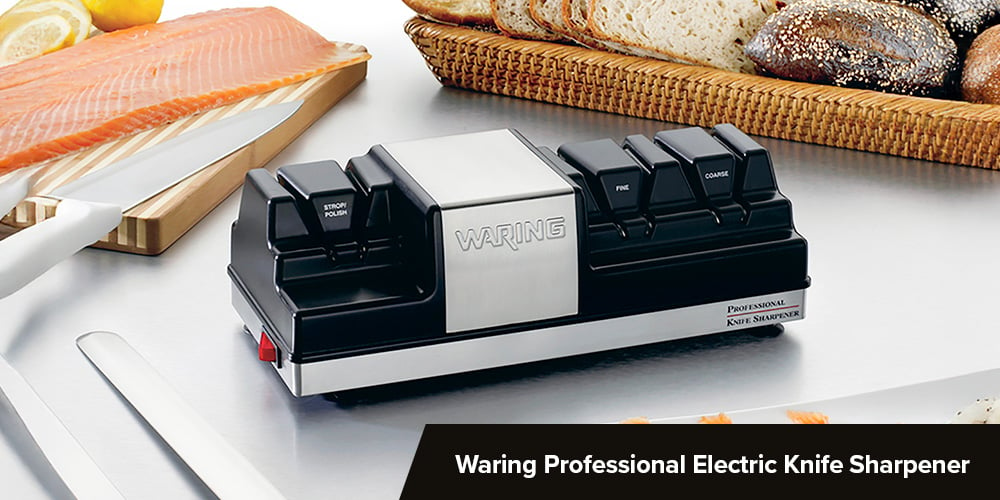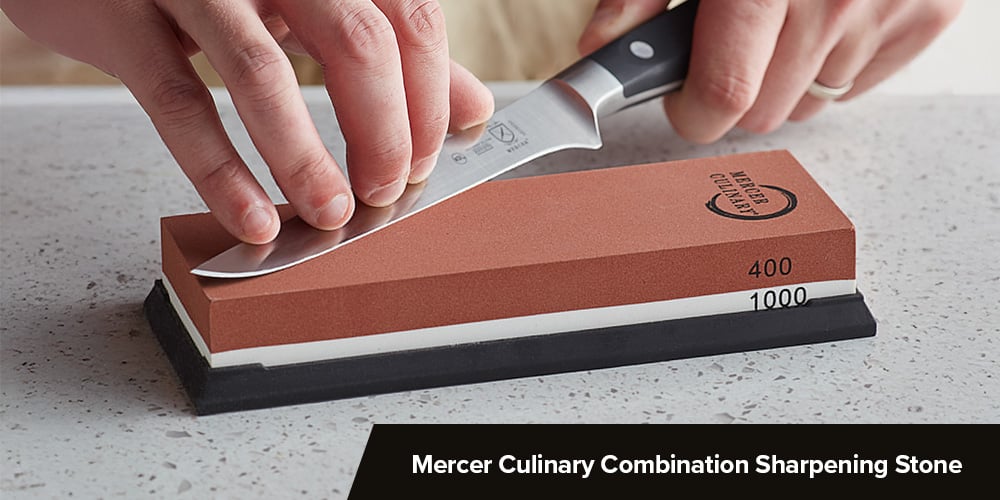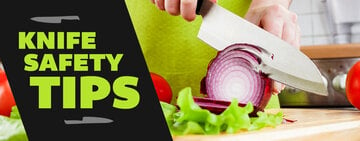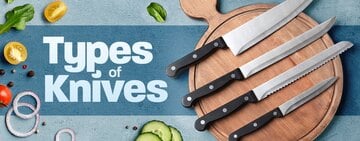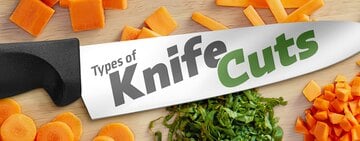With a variety of knife sharpeners available on the market, choosing the right one can be a daunting task. To ensure you make an informed decision, consider the following factors: the type of knife sharpener, the surface material, the grit level, and the ease of use.
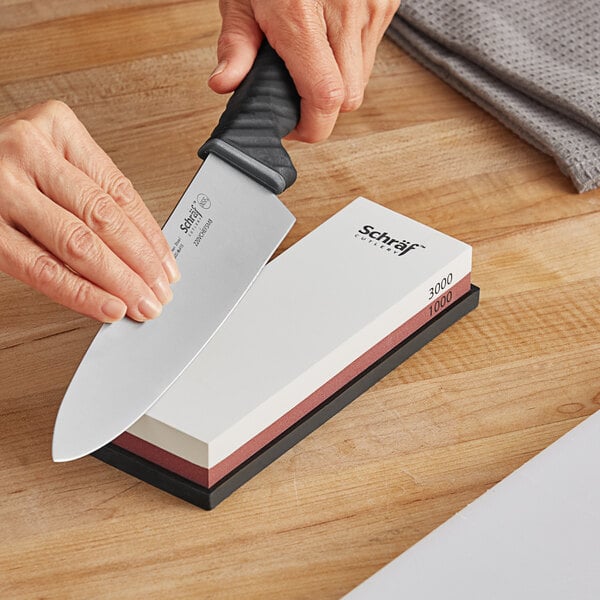
1. Type
The type of knife sharpener you choose depends on your preferences and skill level. Electric knife sharpeners are convenient and quick, ideal for beginners or those looking for efficiency. Manual sharpeners offer more control and are great for intermediate users, providing a hands-on approach without the complexity of a stone. Sharpening stones (whetstones) are best for those seeking precision and a professional-level edge, but they require practice to master and typically take the most time to sharpen. Sharpening steels maintain an already sharp blade, realigning its edge, but they won't restore a dull knife.
2. Surface Material
The surface material of a sharpener plays a crucial role in its effectiveness. Common materials include diamond, ceramic, and tungsten carbide. Diamond surfaces are durable and aggressive, ideal for sharpening dull knives quickly. Ceramic surfaces are gentler, making them perfect for maintaining a fine edge without removing too much metal. Tungsten carbide is often used in manual sharpeners for quick sharpening but can be less precise compared to other materials.
3. Grit
Grit refers to an abrasive surface's coarseness and affects the sharpness of the blade. Coarse grit stones or sharpeners repair dull or damaged edges, whereas finer grit stones or sharpeners are best for refining and polishing a blade to a smooth, sharp finish. Many sharpeners come with coarse and fine grits to achieve a perfectly honed edge.
4. Ease of Use
Ease of use is an important consideration, especially for those new to knife sharpening. Electric sharpeners are the simplest option, requiring minimal effort from the user. Manual sharpeners can be more challenging, but many feature guides or slots to help maintain the correct angle. Whetstones require the most skill and practice, as you need to maintain the right angle and apply consistent pressure. Choose a sharpener that matches your comfort level and willingness to learn.
Back to Top
One of the most common kitchen injuries is cuts caused by using dull knives, as they require more force and can easily slip off ingredients, leading to accidents. By routinely sharpening your knives, you're not only saving money by prolonging the lifespan of your blades, but you're also investing in a safer and more efficient cooking environment. A sharp knife allows for more precise and controlled cuts, reducing the likelihood of accidents and improving your overall cooking experience. Whether you choose a manual sharpening stone, an electric sharpener, or a sharpening stone, the best tool is the one you'll use regularly to keep your blades in top condition.

